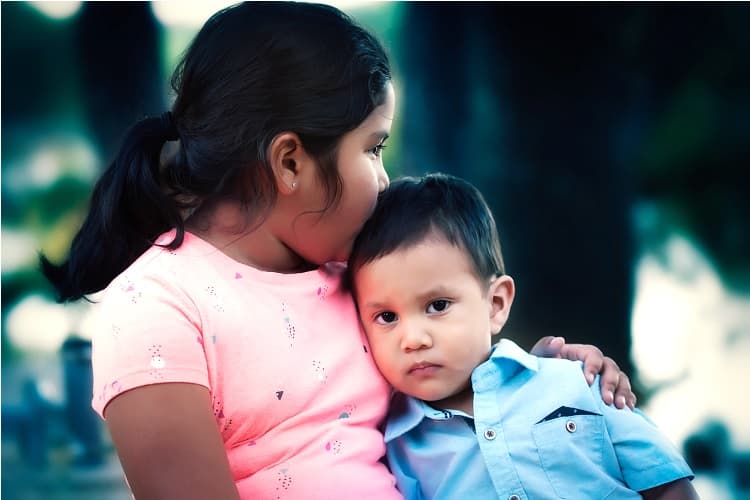Adverse Childhood Experiences and Cancer

Adverse childhood experiences may be linked to getting cancer later in life.
What Are ACEs?
Adverse childhood experiences, or ACEs, are preventable events that may lead to trauma (emotional or physical pain) and occur before age 18. ACEs are common and happen among people from all income levels and social backgrounds. Some examples are—
- Experiencing violence, abuse, or neglect.
- Seeing violence at home or in the community.
- Having a family member attempt or die by suicide.
- Growing up in a family with mental health or substance use problems.
Social determinants of health (SDOH) are the conditions in which people are born, grow, work, live, and age, and the wider set of forces and systems shaping daily life. Certain SDOH may influence the number of and likelihood of experiencing potentially traumatic events as a child. For example, the historical segregation of neighborhoods by race may have developed conditions where residents are exposed to extreme poverty and high levels of economic stress.
How Do ACEs Raise Cancer Risk?
ACEs may be linked to getting cancer later in life. The more ACEs a person experiences, the more likely they are to suffer from cancer and other mental and chronic health problems. ACEs may affect cancer risk in several ways, including through unhealthy behaviors and chronic inflammation.
Unhealthy Behaviors
ACEs and associated social determinants of health can cause toxic stress (excessive or prolonged stress). Toxic stress from ACEs can change the way a child’s brain works and affect decisions, actions, mood, and self-control. Children who experience toxic stress may be more likely to develop habits throughout their life that raise their cancer risk, such as tobacco use and heavy drinking.
Chronic Inflammation
The stress hormones released when a child experiences toxic stress from ACEs may harm the body through long-lasting or chronic inflammation. Inflammation is the body’s response to a threat. Short-term inflammation can help fight off illness, like that caused by a bacteria or virus. But when inflammation lasts over time, it can cause wear and tear on the body and even increase the risk for cancer.
Cancer Prevention Begins in Childhood
Communities can help prevent ACEs and reduce the harm they cause. Research findings estimate that at least 6% of cancers could be prevented if children didn’t experience ACEs. Children need safe, stable, and nurturing relationships and environments to thrive.
Some ways to create safe, stable, and nurturing relationships and environments for children are listed below.
- States and communities can provide programs that strengthen economic supports for families and help lower their stress—like earned income tax credits and family-friendly work policies.
- Communities can help reduce stigma and improve access to resources for people wanting help with childcare, substance use problems, depression, or suicidal thoughts.
- Communities can provide high-quality childcare and preschool programs with family activities.
- Parents and caregivers can teach children and young people skills to handle stress, resolve conflicts, and manage their emotions.
- Communities can connect young people with activities and caring adults through mentoring and after-school programs.
- Health agencies can help people learn about the long-term effects of ACEs on health, including cancer risk, and provide services that reduce their negative effects.
- Webinar: Toxic Stress: Impact of Adverse Childhood Experiences on Mental Health and Chronic Disease (National Association of Chronic Disease Directors)
- Webinar: The Life-Course Effects of Childhood Adversity (National Association of Chronic Disease Directors)
- Webinar: Early Childhood Adversity, Toxic Stress, and the Impacts of Racism on the Foundations of Health (National Association of Chronic Disease Directors)
- Preventing Adverse Childhood Experiences (CDC)
- Adverse Childhood Experiences Prevention Resource for Action (PDF-3.7MB)
- Childhood Adversity: Buffering Stress & Building Resilience (American Academy of Pediatrics)
- Tips for Coping with Stress (CDC)